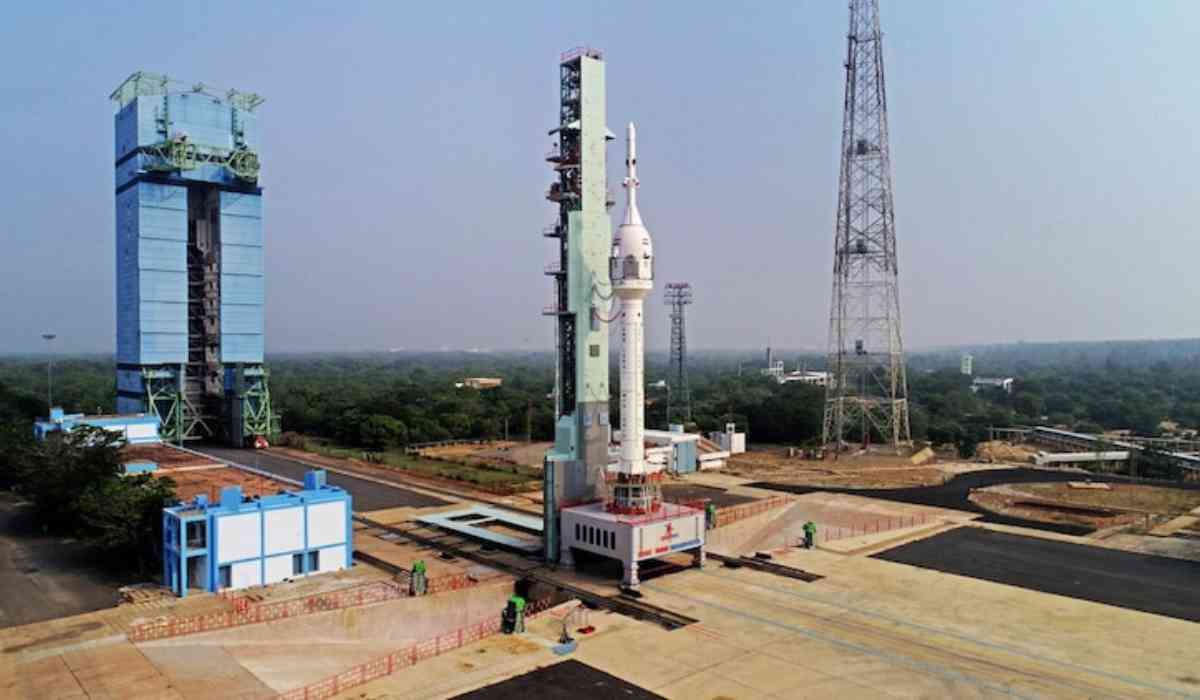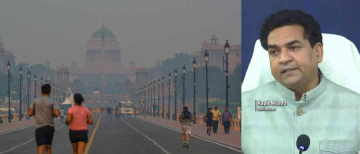The Indian Space Research Organisation (ISRO) has completed the human rating of its CE20 cryogenic engine, which is a major boost to India's attempt to launch humans into space under the Gaganyaan mission, an official said on Wednesday.
With the completion of the last phase of ground qualification tests on February 13, 2024, ISRO has achieved a significant milestone in the human rating of its CE20 cryogenic engine, which drives the cryogenic stage of the human-rated LVM3 launch vehicle for Gaganyaan missions. To replicate flight circumstances, the High Altitude Test Facility at the ISRO Propulsion Complex, Mahendragiri, conducted a series of vacuum ignition experiments, the seventh of which was the last one, the ISRO said in a news release.
Mission Gaganyaan:
ISRO's CE20 cryogenic engine is now human-rated for Gaganyaan missions.
Rigorous testing demonstrates the engine’s mettle.
The CE20 engine identified for the first uncrewed flight LVM3 G1 also went through acceptance tests.https://t.co/qx4GGBgZPv pic.twitter.com/UHwEwMsLJK— ISRO (@isro) February 21, 2024
ISRO on the mission
"In order to qualify the CE20 engine for human rating standards, four engines have undergone 39 hot firing tests under different operating conditions for a cumulative duration of 8810 seconds, against the minimum human rating qualification standard requirement of 6350 seconds," said ISRO.
The ground qualification tests of the CE20 engine for the Gaganyaan program were completed successfully. Life demonstration tests, endurance tests, and performance evaluations under nominal operating settings as well as off-nominal conditions concerning thrust, mixture ratio, and propellant tank pressure were all part of the ground qualification testing for the human rating of the CE20 engine.
The Gaganyaan Mission
The Gaganyaan mission, scheduled for launch in 2024–2025, intends to send a crew of three humans into a 400 km orbit for a three-day mission and return them safely to Earth by landing in Indian Ocean waters.
The acceptance testing of the flight engine designated for the first unmanned Gaganyaan (G1) mission, which is provisionally planned for Q2 of 2024, has also been finished by ISRO. With a specific impulse of 442.5 seconds and a thrust capability of 19 to 22 tonnes, this engine will power the upper stage of the human-rated LVM3 vehicle.
By 2035, ISRO hopes to establish "Bharatiya Antariksha Station," India's first space station. The goal of being the first Indian on the moon by 2040 is also very important.
Image Source: X(Twitter)/multiple sources
Ⓒ Copyright 2024. All Rights Reserved Powered by Vygr Media.






















